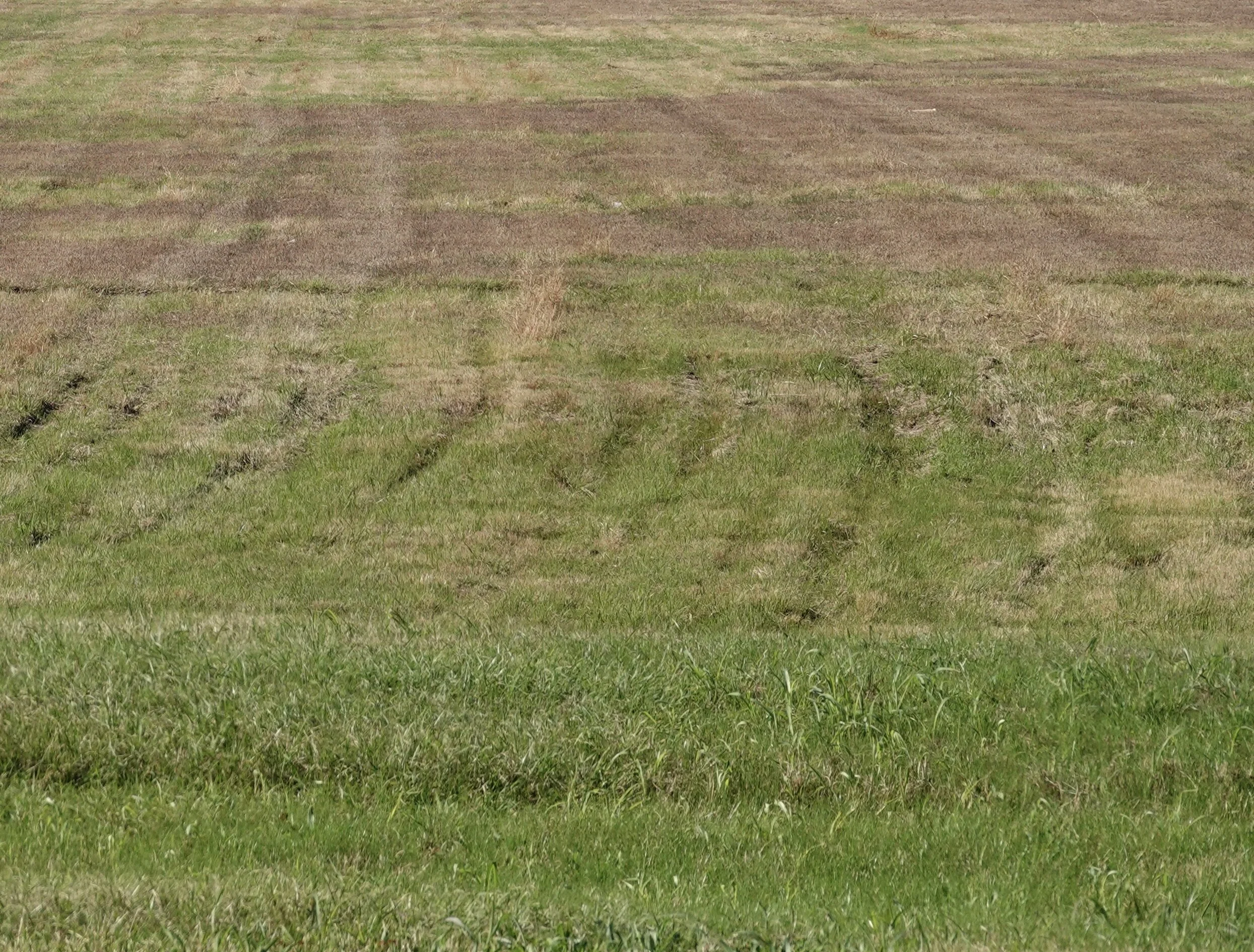As the morning sunlight bursts from under the horizon, it signals worker bees to set out in pursuit of sweet nectar, powered pollen, and a water source.
Some head toward beautifully landscaped subdivisions and others fly on in hopes of locating enough blossoming flowers to keep their colony alive. After buzzing across a parking lot, the group discovers water at the edge of a stormwater channel. As they make their descent, they choose a rock covered area. This gives them safe access to water without fearing the possibility of drowning. A strong bee colony can use a quart of water per day. Using their expandable mop-like tongues the bees lean down between the rocks and consume the water. Water is used for cooling their hive by evaporation and for thinning the honey fed to larva.
Within seconds of their arrival, an inquisitive Killdeer greets them, “Howdy gals, haven’t seen y’all around these parts before.”
The bees all say hello and tell the jittery bird that they’re in search of flowers.
“There’s one or two over there next to those puddles,” he said, scampering off.
“Wait!“, the bees plead as the hyper bird circled back.
“We need lots of flowers,” they told him.
“Sorry to break it to you ladies, but flowers are few and far between these days. With all the development that’s been happening, the only thing readily available are these grass covered stormwater basins. They’re not pretty to look at, but they prevent floods and reduce pollutants that enter our waterways. I don’t understand why they didn’t plant wildflowers here instead of grass, but that’s just how it’s handled,” the Killdeer chirped.
The bees were saddened to hear this news. Finding proper forage was becoming more and more difficult with each season.
“Ya’ll found water!”, a familiar voice shouts from above as the other group of bees buzz down to meet them on the rocks.
“Did you find any flowers at that subdivision?”
“There were some flowers sprinkled across the yards and on the manicured medians, but we mostly found empty fields with nothing but grasses and not a flower in sight.
Once the bees had drank their fill, they said goodbye to their feathered friend and took to air. As they flew higher, they spotted a single flowering plant in an expansive stormwater basin.
After visiting these flowers and retrieving what they could, they departed. With each sighting of a grass covered stormwater basin absent of flowers, the bees grew more and more stressed.
“FLOWERS!”, one of the bees shouted as she made a beeline toward a vast meadow of flowers.
There were all kinds of colors beaming out in an array of ultraviolet light only seen by pollinators. The group floated happily into the rainbow of forage below.
As the bees got closer they spotted a few Langstroth hives atop ArkHives in the middle of the flowers as well. There were countless butterflies, bubble bees, and everything in between. On a flower next to them, they spotted a busy bee lost in her work with pollen baskets as large as her head.
“What is this place?”, they asked.
“It’s called a Storm Water Apiary and Pollinator Habitat.”
Legend has it, there was a love so great that it inspired a thing called, “Imagination to Dream Big”. Fueled with the essence of never giving up, this inspired love developed stormwater basins from the ground up to create lush pollinator habitats and apiaries. With reduced mowing it allowed blossoming flowers to remain longer throughout the year and it dramatically reduced emissions caused by mowing. If these basins were large enough, managed honeybee colonies atop ArkHives were added to generate revenue for the cause and to expand the basins environmental sustainability.
In the beginning, this inspired love was met by dull unimaginative creatures that were stuck in their ways and couldn’t see past traditional apiary placement. In time, they were enlightened and their fear gave way to fascination. As other’s opened their minds, this inspired love continued across the Earth.













